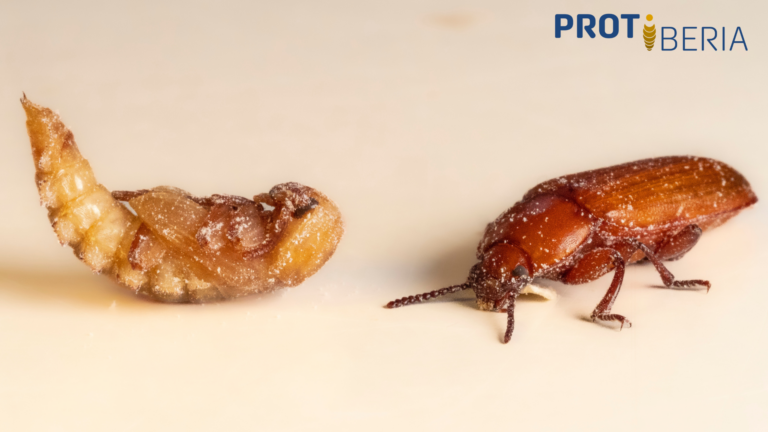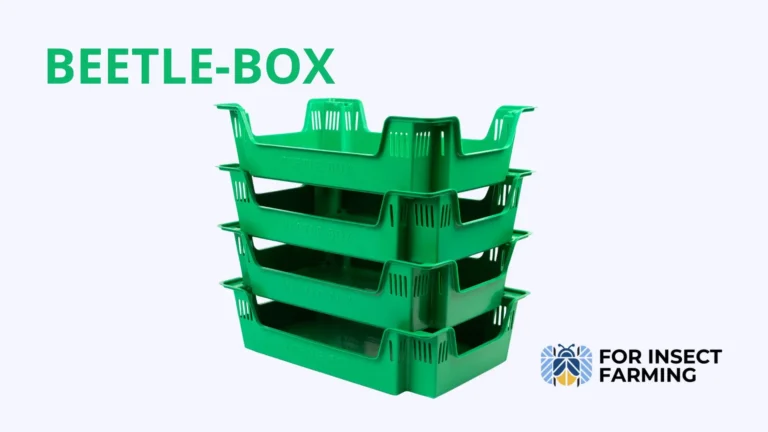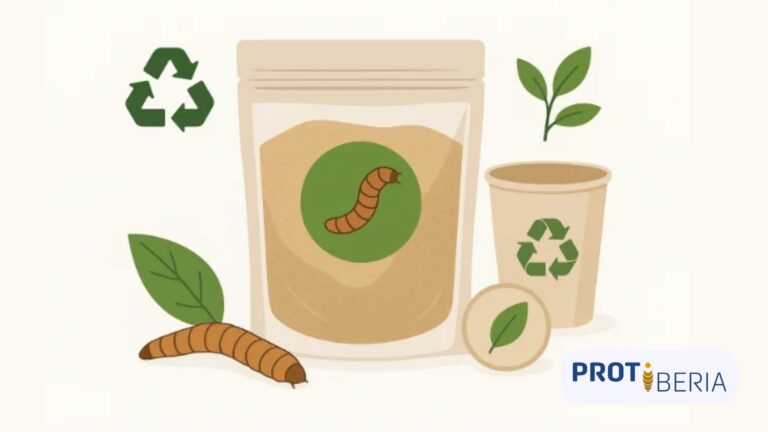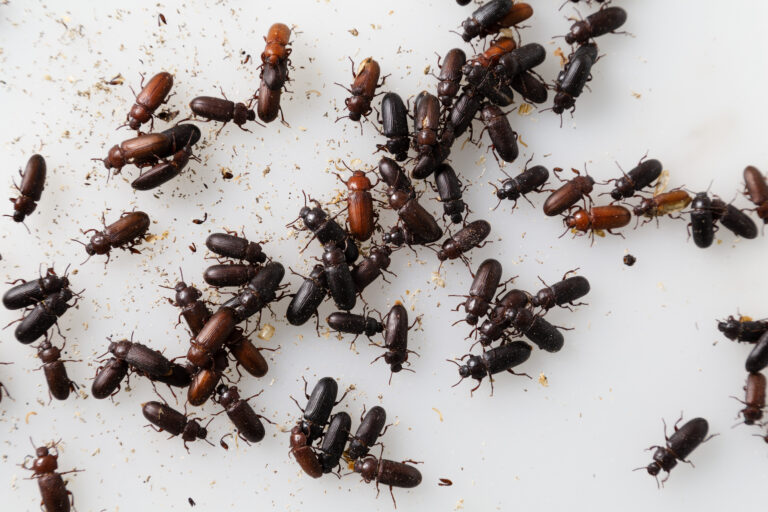| In the vast world of insects, there are species that amaze us with their remarkable metamorphosis. One of the most fascinating examples is the Tenebrio molitor, whose transition from larva to beetle is marked by another phase of vital importance: the pupa. |
What are Tenebrio Pupae?
The pupae of Tenebrio molitor are the intermediate stage in their life cycle, connecting the larval phase with the adult stage.
Formed after a series of molts from the larval stage, the pupae represent a transitional period where the insect remains encased in a protective exoskeleton until completing its metamorphosis, resulting in the final form of the beetle.
Characteristics of the Pupae
Tenebrio molitor pupae have certain distinctive characteristics:
- Coloration: Depending on environmental conditions, the color of the pupae can range from creamy white to light brown.
- Shape: Their bodies are typically elongated, with a conical shape towards the posterior end. The external exoskeleton, though initially soft, gradually hardens to provide structural support during the pupal stage.
- Size: Tenebrio molitor pupae are approximately 1 to 1.5 centimeters in size, although this can vary depending on the environmental and dietary conditions the larvae experienced before pupating.
- Sexual Dimorphism: Male pupae can be distinguished from female pupae based on the different anatomical structure of the final and ventral part of the abdomen.
- Immobility: During this stage, the pupae remain immobile and only sustain themselves on the reserves accumulated during the larval phase.

Pupa Formation
After reaching full maturity as larvae, Tenebrio molitor undergoes a process known as pupation.
During this stage, the larva stops feeding and seeks a suitable place to undergo metamorphosis, gradually shedding its outer skin to reveal the pupal exoskeleton underneath.
Within this protective covering, profound physiological changes occur, including the reorganization of its tissues and the formation of structures characteristic of the future adult form.

Pupal Duration and Care
The duration of the pupal phase can vary depending on environmental conditions but generally ranges from 7 to 20 days.
To ensure proper development, it is essential to provide a warm and dark environment with an optimal temperature between 25°C and 30°C. Humidity is also important, as is maintaining a clean, pathogen-free environment, as the pupal stage is the most vulnerable phase in the life cycle of Tenebrio.
It is also important to properly separate the Tenebrio pupae from larvae and beetles, as these insects tend to cannibalize, especially when humidity is low.
Defense Mechanisms
Tenebrio molitor pupae exhibit various defense mechanisms, including a circular abdominal rotation in response to tactile stimulation. This behavior helps protect the pupae against larval cannibalism and other predators.
Several studies suggest that the abdominal rotation response of T. molitor pupae may function as an effective defense against various external threats because this response can change the orientation or spatial position of the pupal body, exposing more of the dorsal (and harder) region of the pupa.
Transformation into Beetle
After a period of time that can vary depending on environmental conditions, the pupa completes its transformation and emerges as an adult beetle. This process, known as emergence, is one of the most crucial moments in the life cycle of Tenebrio molitor.
The newly emerged beetle is soft and light-colored, but over time, its exoskeleton hardens and acquires the characteristic color of the species. Once fully developed, the beetle is ready to reproduce and continue the life cycle.

References
Askew, H. R., & Kurtz, P. J. (1974). Studies on the function of the abdominal rotation response in pupae of Tenebrio molitor. Behaviour, 152-172. https://www.jstor.org/stable/4533604
Bhattacharya, A. K., Ameel, J. J., & Waldbauer, G. P. (1970). A method for sexing living pupal and adult yellow mealworms. Annals of the Entomological Society of America, 63(6), 1783-1783. https://doi.org/10.1093/aesa/63.6.1783
Ichikawa, T., & Kurauchi, T. (2009). Larval cannibalism and pupal defense against cannibalism in two species of tenebrionid beetles. Zoological science, 26(8), 525-529. https://doi.org/10.2108/zsj.26.525



